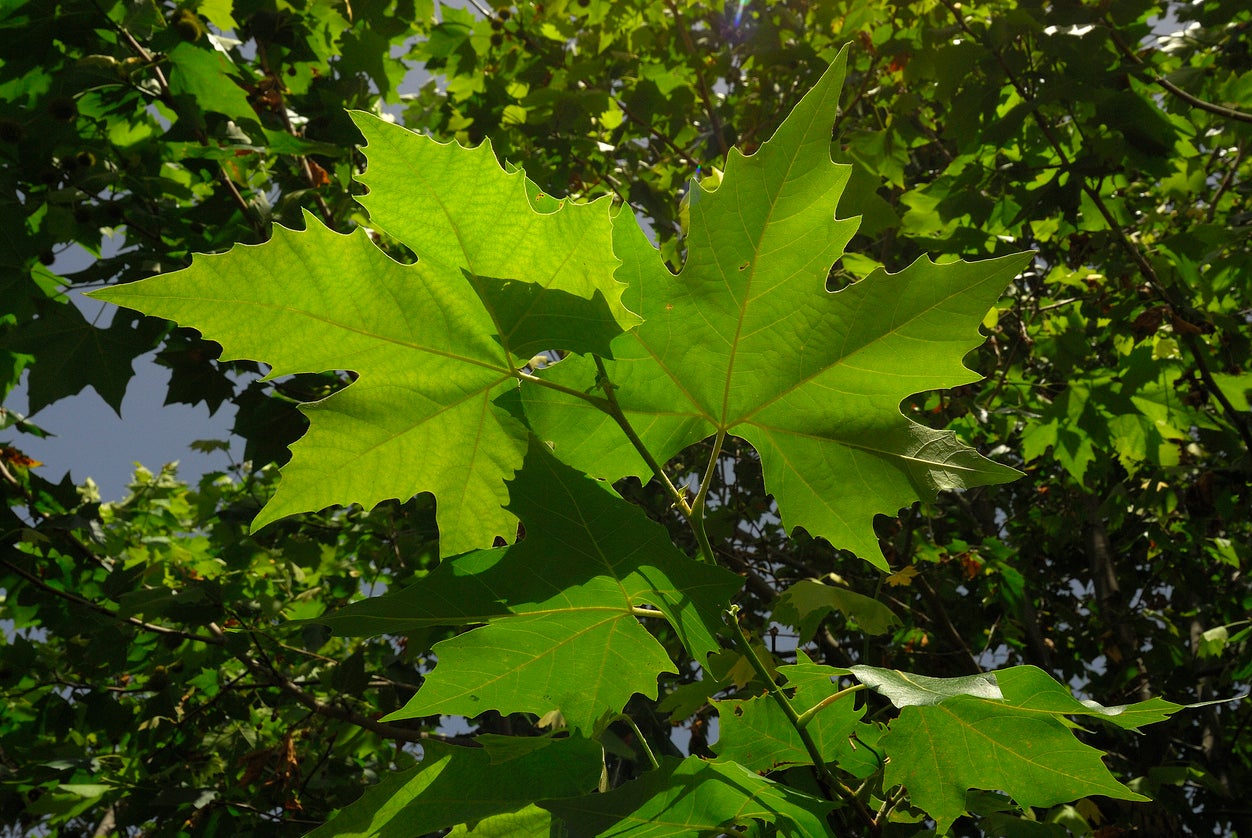Plane Tree Cutting Propagation – How To Take Cuttings From A Plane Tree


Rooting tree cuttings is an efficient and cost-effective way to propagate and plant various types of trees. Whether wishing to multiply the number of trees in the landscape or looking to add new and attractive plants to the yard space on a tight budget, tree cuttings are an easy way to obtain hard to find and sought after tree varieties. Additionally, tree propagation through hardwood cutting is a simple way for beginner gardeners to begin expanding their growing prowess. Like many species, plane trees are excellent candidates for propagation by cuttings.
Plane Tree Cutting Propagation
Rooting plane tree cuttings is simple, as long as growers follow a few basic guidelines. First and foremost, gardeners will need to locate a tree from which they will obtain cuttings. Ideally, the tree should be healthy and should not show any sign of disease or stress. Since cuttings will be taken while the tree is dormant, it is important to identify the tree before the leaves have been dropped. This will eliminate any chance of confusion when choosing trees from which to take cuttings. When propagating a plane tree from cuttings, make certain to choose branches with relatively new growth or the current season’s wood. Growth eyes, or buds, should be evident and pronounced along the length of the branch. With a clean, sharp pair of garden scissors, remove a 10-inch (25 cm.) length of the branch. Since the tree is dormant, this cutting will not require any special treatment before planting. Cuttings from a plane tree should then be either inserted into the ground or placed into prepared nursery pots filled with well-draining growing medium. Cuttings taken in the fall to early winter should successfully root by the time spring arrives. Cuttings may also be taken into the spring before trees have broken dormancy. However, these cuttings should be placed in greenhouses or propagation chambers and warmed from beneath via a garden heat mat in order to obtain best results. The ease of which the cuttings from a plane tree take root directly relate to the variety of the specific tree specimen. While some plane tree cuttings may root quite easily, others may be extremely difficult to successfully propagate. These varieties may best be propagated through grafting or by seed.
Sign up for the Gardening Know How newsletter today and receive a free copy of our e-book "How to Grow Delicious Tomatoes".

Tonya Barnett has been gardening for 13 years. Flowers are her passion. She has transformed her backyard into a cut flower garden, which she regularly chronicles on her YouTube channel http://www.youtube.com/@tonyawiththeflowers.